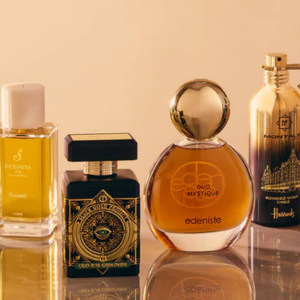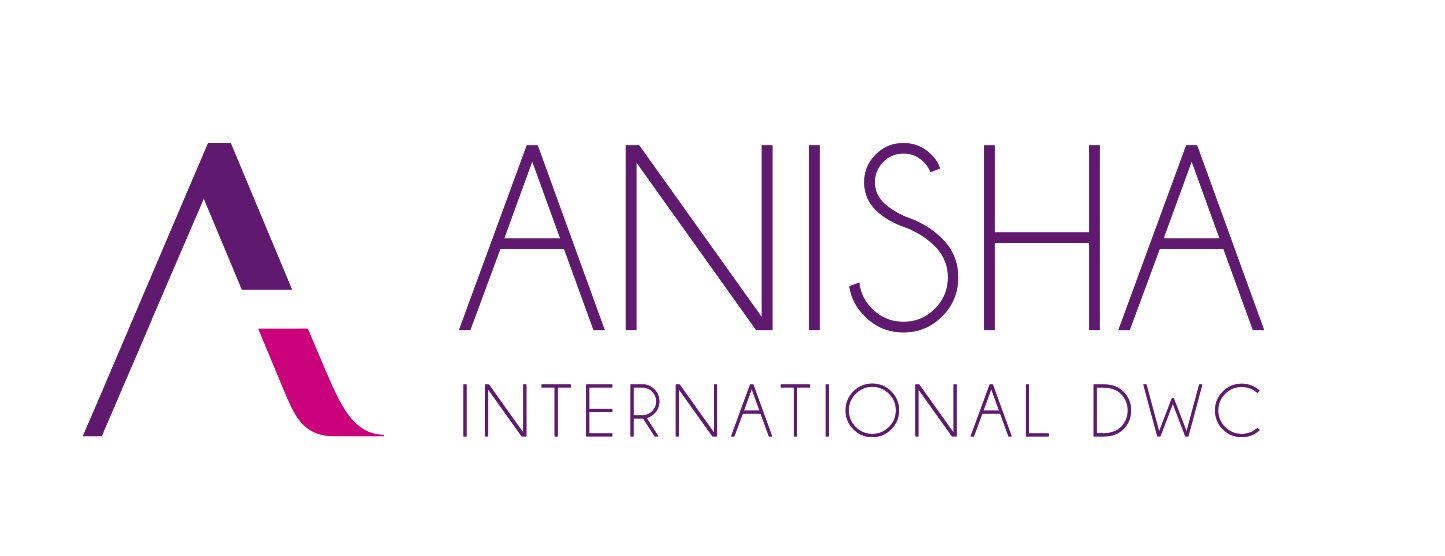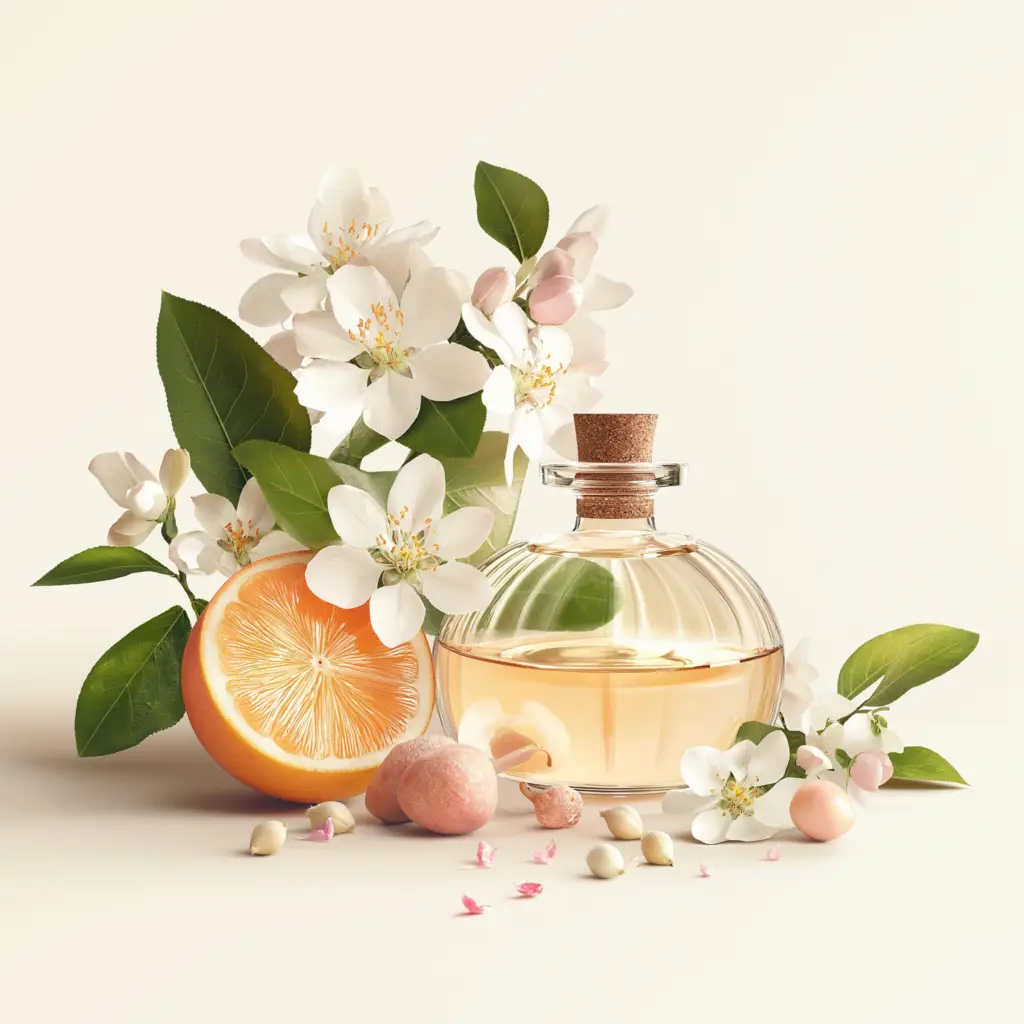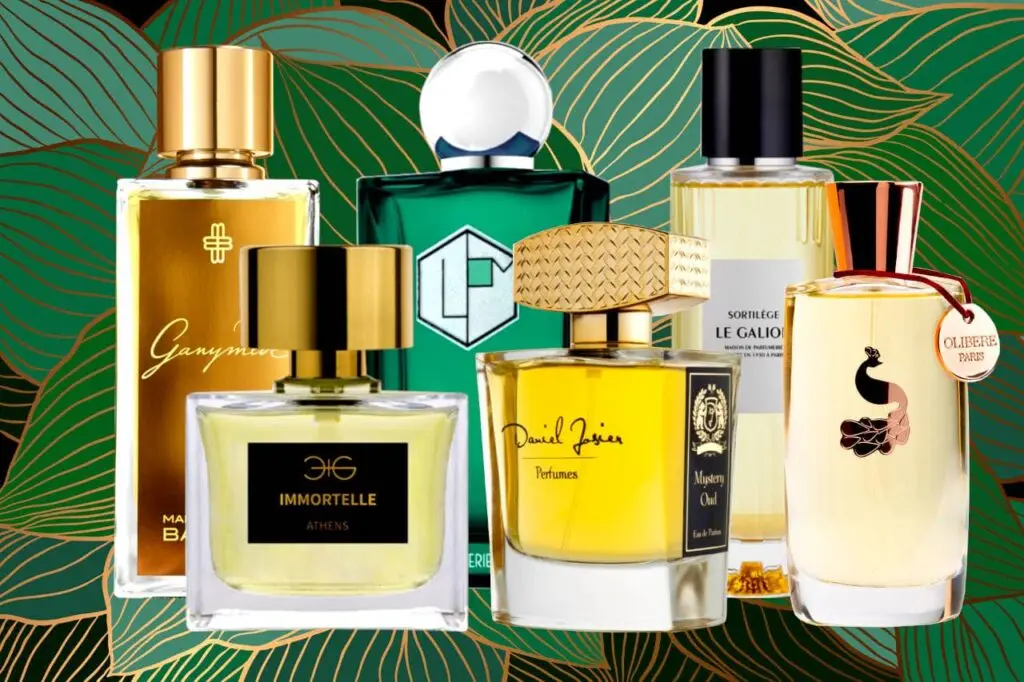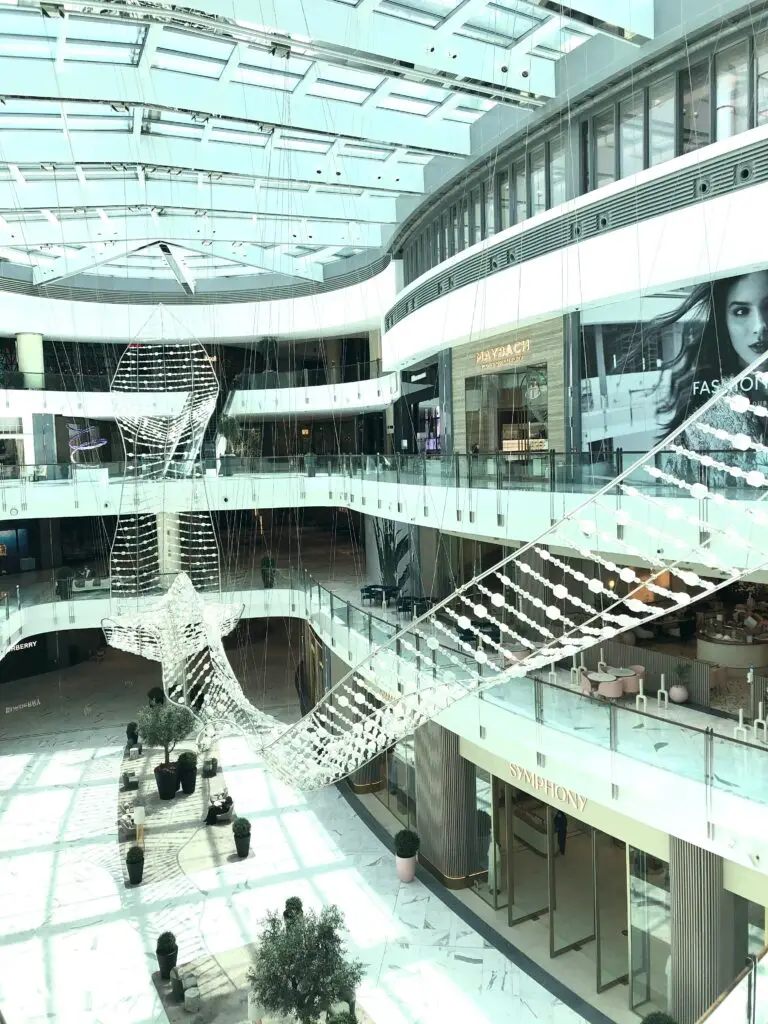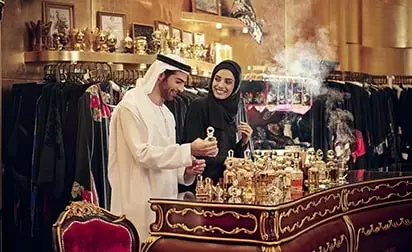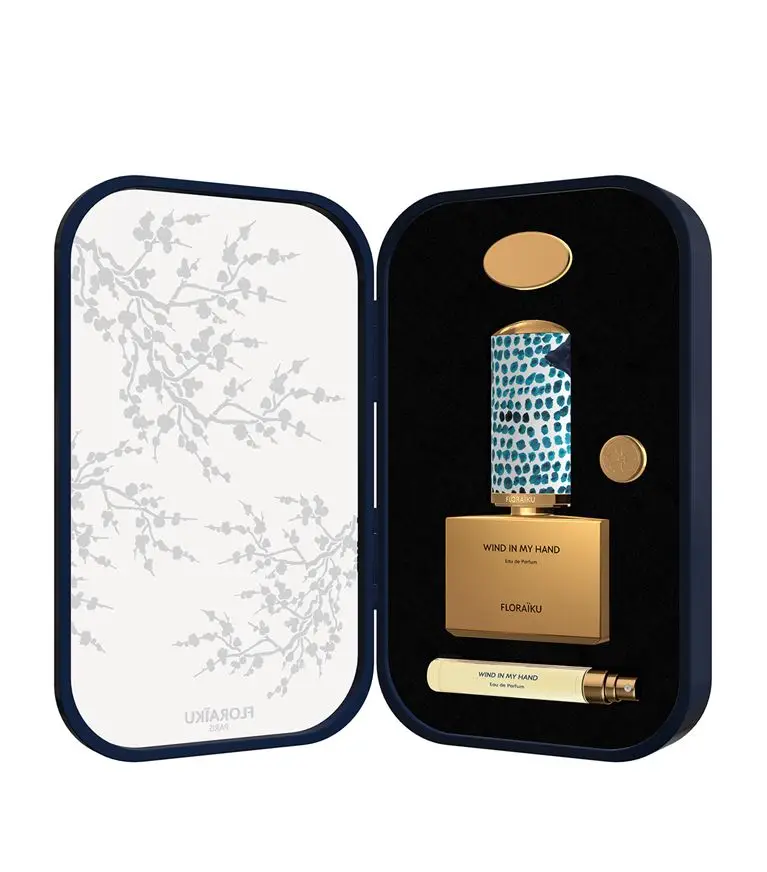Who were the top 10 UAE perfume brands at Beautyworld Dubai this year? Fierce competition to be the stand out perfume brand The competition was intense at this year’s Beautyworld Dubai. Many UAE perfume brands fought to stand out as the biggest and the best. But which brands truly made their mark? Here’s a look at the top 10 UAE perfume brands that dominated the exhibition. With significant investments in marketing, product innovation, and impressive exhibition stands, only the most ambitious brands earned a place on this list. As Dubai’s luxury fragrance industry continues to grow, the stakes get higher every year. This proves that bold strategies and big spending set the leaders apart in this market. What does the market need? The Middle Eastern market is highly demanding, always seeking the next big thing. A typical customer in Saudi Arabia or Dubai will ask, “What’s new?”—year after year. Loyalty to brands is less important than the excitement of fresh releases. Brands like Lattafa, Sterling, and Fragrance World have mastered this demand, consistently delivering new and innovative fragrances to keep up with ever-changing trends. Longstanding giants of the perfume industry—Rasasi, Swiss Arabian, Ajmal, and Al Haramain—all secured a spot at this year’s Beautyworld Dubai exhibition. Before COVID, they didn’t see the need to participate. However with competition in the fragrance market intensifying, having a presence is now essential to stay relevant and avoid being overlooked. 1. Sterling Perfumes Sterling Perfumes made a powerful impact at Beautyworld Dubai, not just with their massive exhibition stands but also with an aggressive marketing strategy. As the title sponsor, they went all out—hosting two grand stands: one for Hamidi and another for their popular Armaf range. To maximize visibility, they flew in top perfume influencers from around the world, offering them a VIP Dubai experience. Sterling is also heavily investing in new product development, with the Club de Nuit range soaring in popularity. Now, they’re innovating with fresh packaging designs for Flavia and launching exciting new products to stay ahead in the competitive fragrance market. 2. Lattafa Perfumes A UAE top performing brand also well known overseas Lattafa had an enormous stand and had invested heavily in producing at least twenty new bottle moulds and packaging designs. Their style definitely caters mostly to the middle Eastern maximalist style perfume design market they had spent an eye watering amount on new product development. At the moment their combination of competitive pricing and the emphasis on new product development is keeping them at in the top 10 local perfume brands. No. 3. out of the top 10 UAE brands Fragrance World Lattafa had an enormous stand and had invested heavily in producing at least twenty new bottle moulds and packaging designs. Their style definitely caters mostly to the middle Eastern maximalist style perfume design market they had spent an eye watering amount on new product development. 4. My Perfumes My Perfumes is currently focusing on its luxury oriental range Arabiyat Prestige. It has launched a small range of new moulds which have the right level of simplicity and oriental design. The company doesn’t launch so many new products each year, but each one that it launches is thoughtfully designed and has a good quality long lasting perfume inside. It also has a range of luxury perfumes in the My perfumes select range. 5. Afnan Afnan is a relative newcomer to the industry considering the sales volume it has achieved during that period. It invests heavily in its own product development. Afnan doesn’t rely on the manufacture of copycat products to boost its sales, unlike many of the other perfume companies. They prefer to build collections of perfumes and add to the range rather than creating special bottles and caps for every new perfume launched. This helps them to build brands rather than just unusual packaging. In the future we expect Afnan to rank higher up the list of the top 10 UAE perfume brands. 6. Emper This mass market brand used to be the performing UAE perfume brand Emper used to be number one on the list of the top 10 UAE perfume brands. Prior to that it was Nabeel with its Chris Adams range, but they have both lost their place at the top. Emper still continues to launch new products and is still popular in the MENA region, but is not ‘the main brand to follow’ any more. 7. Al Rayhaan Al Rayhaan is a new perfume company owned by the Rasasi family. Rasasi company has a long perfume heritage in the MENA region. They have modern packaging combined with good quality perfumes. They align this simple approach with modern decorative trends to make desirable products . Al Rayhaan always has a big kiosk at the exhibition near to the main entrance which is very effective for brand awareness. No. 8. of the top 10 UAE brands Shaikh Mohammed Saeed Est Shaikh Mohammed Saeed Est is the oldest distribution company for perfumes in Dubai. They started seling and distributing mass market French perfumes in the 1960s when Dubai was still a sleepy backwater. But the second generation of the family Mohammed Ali has launched his own ranges of perfumes. First the Giovanni Bacci range was launched, followed by more luxurious fragrances. As a retailer of luxury oils at his Deira stores, the company knows a quality perfume when it sees it. Shaikh Mohammed Saeed deserves its place in the top 10 UAE perfume brands even if we only consider how long it has been operating in the UAE. 9. Swiss Arabian Perfumes Swiss Arabian perfumes is one of the oldest and best known brands of the UAE. It has distribution of its products anywhere from petrol stations through to kiosks in malls and luxury boutiques. The recent launches are mostly collections of high quality and high price perfumes. 10. Ajmal An old player, still competing to be in the list of top 10 UAE brands Although Ajmal has been well known in UAE […]
Top 10 UAE perfume brands at Beautyworld
